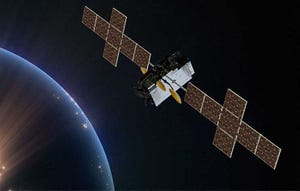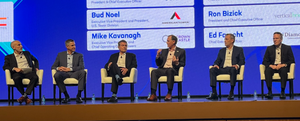
4:45 PM -- Doesn't a 3G iPhone using High-Speed Packet Access Plus (HSPA+) technology make at least as much sense as Apple Inc. (Nasdaq: AAPL) making the much rumored CDMA iPhone for Verizon Wireless ?
I'm really just thinking aloud online here, but I'll bullet-point out for you why such an upgrade might make sense:
It's a relatively simple upgrade for Apple, and it gets to re-use much of the work it has already done on HSPA 3G, even if AT&T decides to go for a faster HSPA+ upgrade like T-Mobile US Inc. is planning. (See T-Mobile Leaves AT&T in Its HSPA+ Dust .)
Speaking of the T-Mob, if Apple's exclusive with AT&T is running out (and nobody knows that for sure), Apple just needs to put extra RF support in to run on T-Mobile's network.
HSPA+ means the iPhone can be sold in markets all over the world. There are around 58 live HSPA+ networks worldwide now with many more to come, according to the GSM Association (GSMA) . Verizon sales might be good for Apple, but an increased bump in global sales might be even better.
HSPA+ gives Apple a nice smooth upgrade path while it waits for Long Term Evolution networks to mature. Yeah, I know that a lot of early adopters would rush out and buy an LTE iPhone if Apple somehow managed to get one out the door in 2011. But that seems to ignore one of Apple's fundamental approaches to wireless: It appears to like a nice, stable, global technology with billions of potential users available as possible buyers when it launches a phone. Hell, the company didn't go for 3G with the first iPhone. So why launch an LTE device in 2011 when networks won't even be built out across the US, Asia, and Europe? It makes much more sense to let the technology mature for another year or two.
To me, HSPA+ offers a really simple and obvious upgrade path over CDMA for the iconic device.
— Dan Jones, Site Editor, Light Reading Mobile
About the Author(s)
You May Also Like











